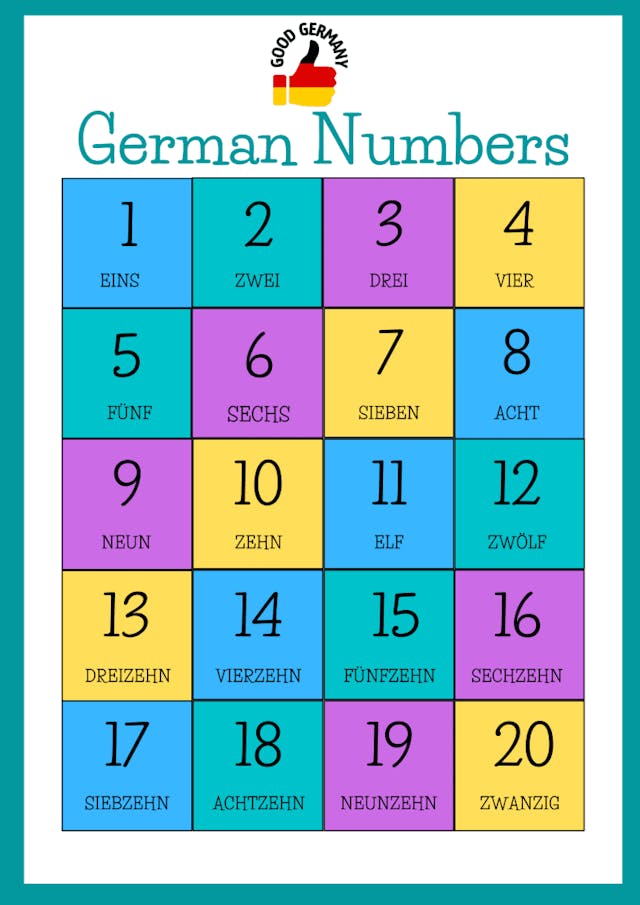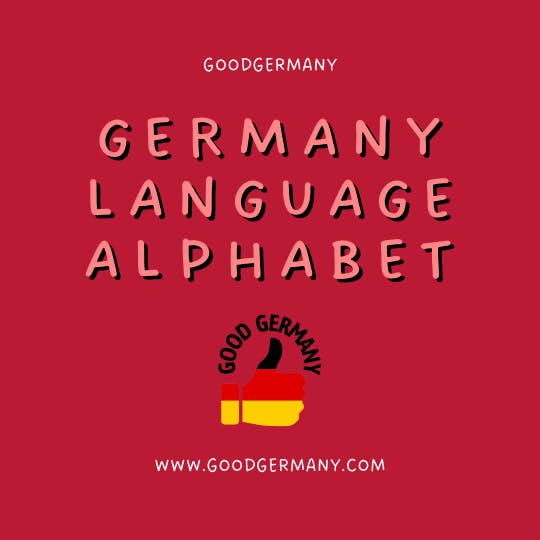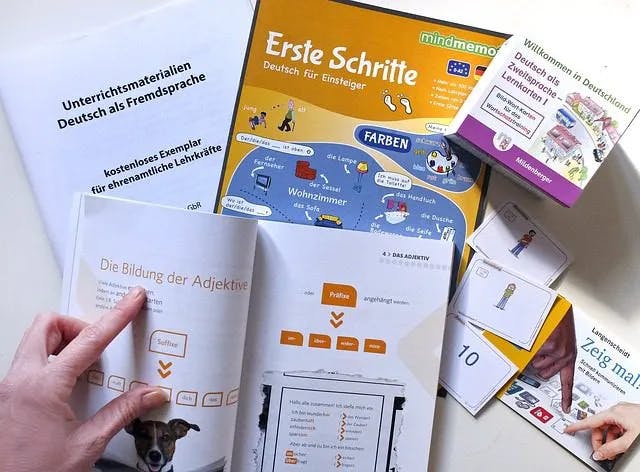Greetings by Region: German
2023-07-24

Greetings are an essential part of human interaction, serving as a means to establish connections, express respect, and foster relationships. They carry a cultural significance that varies from one region to another, reflecting the uniqueness of each community. In this article, we will explore the art of greetings in the German culture, shedding light on their importance and diverse expressions.
Understanding the Importance of Greetings
The Role of Greetings in Communication
Greetings are more than mere pleasantries; they act as an icebreaker in conversations and lay the foundation for meaningful interactions. They set the tone for the communication that follows and demonstrate politeness and respect towards the other person.
Cultural Significance of Greetings
In every culture, greetings embody the values and traditions upheld by its people. They are an embodiment of societal norms and convey the history and heritage of the community. Greetings are a reflection of the collective identity of a culture.
Greetings in the German Culture
German greetings are characterized by a blend of formality and warmth, emphasizing respect for individuals and their personal space. Here are some common verbal and non-verbal greetings found in Germany:
Common Verbal Greetings
“Hallo” (Hello):
A simple and casual greeting used in various settings, be it among friends, family, or acquaintances.
“Guten Morgen” (Good morning) / “Guten Tag” (Good day) / “Guten Abend” (Good evening):
These greetings are time-specific, showing attentiveness to the appropriate time of day.
“Wie geht es Ihnen?” (How are you?):
A polite and formal way to inquire about someone’s well-being.
Non-Verbal Greetings and Gestures
Handshake:
A firm handshake is a common form of greeting, especially in formal settings.
Cheek Kissing:
In social gatherings, friends may greet each other with a kiss on each cheek.
Eye Contact:
Maintaining eye contact during greetings shows sincerity and interest.
Greetings for Different Occasions
German culture also has specific greetings for various occasions. For instance, “Frohe Weihnachten” (Merry Christmas) and “Frohes neues Jahr” (Happy New Year) are commonly used during the respective holidays.
Formal and Informal Greetings
Formal Greetings
In formal settings, such as business meetings or when addressing elders, Germans tend to use titles and last names. For example, “Herr” (Mr.) or “Frau” (Mrs.) followed by the last name.
Informal Greetings
Among friends and peers, informal greetings are more relaxed and often accompanied by the person’s first name. For instance, “Hallo Peter.”
Greetings in Business Settings
In German business culture, handshakes and maintaining eye contact are crucial during greetings. Addressing individuals by their professional titles demonstrates respect, and small talk before diving into business matters is common.
Greetings in Social Gatherings
When attending social gatherings or events, cheek kissing or hugging may be appropriate among close friends. Germans place value on personal relationships, and greetings contribute to strengthening social bonds.
Cross-Cultural Considerations
Do’s and Don’ts
When interacting with Germans or people from different cultures, it is essential to be mindful of the following:
Do:
Offer a firm handshake and make eye contact during greetings.
Do:
Use titles and last names in formal settings.
Don’t:
Hug or kiss someone unless you share a close relationship.
Avoiding Cultural Misunderstandings
Understanding the cultural nuances of greetings can prevent misunderstandings. While Germans may seem reserved at first, they appreciate polite and respectful interactions.
Unique German Greetings
Regional Variations
Germany’s diverse regions may have unique greetings and traditions. For example, in Bavaria, “Grüß Gott” is a common greeting, while in the north, “Moin” is used for both “hello” and “goodbye.”
Seasonal Greetings
During seasonal festivities like Oktoberfest or Karneval, Germans have special greetings that capture the spirit of the celebrations.
The Impact of Technology on Greetings
Greetings in the Digital Age
Advancements in technology have brought changes to the way greetings are exchanged. Emails, social media, and instant messaging have become popular platforms for sending greetings.
Virtual Greetings and Etiquette
With the rise of virtual meetings and remote work, understanding the etiquette of virtual greetings is crucial in maintaining professionalism and rapport.
Conclusion
Greetings in the German culture reflect the nation’s emphasis on respect, warmth, and tradition. From common verbal greetings to regional variations, the diverse expressions of greetings make interactions in Germany a unique and enriching experience. As we navigate the digital age, adapting greetings to virtual settings ensures that the cultural significance of greetings endures. Understanding the nuances of German greetings and embracing cross-cultural considerations foster meaningful connections that transcend boundaries.
FAQs
Q: Are handshakes common in all German regions?
A: Yes, handshakes are a common form of greeting in Germany across all regions.
Q: How do Germans greet each other during festive seasons?
A: Germans have special greetings like “Frohe Weihnachten” (Merry Christmas) and “Frohes neues Jahr” (Happy New Year) for festive occasions.
Q: Is cheek kissing a formal or informal greeting?
A: Cheek kissing is an informal greeting commonly used among close friends and family.
Q: What is the importance of maintaining eye contact during greetings?
A: Maintaining eye contact shows sincerity and interest, conveying respect during greetings.
Q: How have virtual greetings impacted traditional greetings in Germany?
A: Virtual greetings have adapted to modern communication platforms, coexisting with traditional greetings and extending their reach.
Share
Tag
Related Blog

15 List of German Last Names(Surnames) + Meanings
2024-01-14
German Numbers – From 0 To 2000
2023-09-07
The 6 Best Ways To Say Thank You In German
2023-09-07
Germany Language Alphabet
2023-09-01
Most Popular Names in Germany Top 10
2023-08-28
German Prepositions with Dative vs. Accusative: A Comprehensive Guide
2023-08-27
Greetings by Region: German
2023-07-24
German Basic Conversation
2023-07-13
Best Site to Learn German - Top 12
2023-07-06